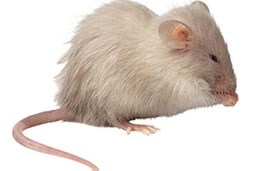Scientists unravel mystery of disease resistance
Even though it's been about 1 billion years since plants and animals parted ways from their common ancestor, scientists have learned that over the eons they developed similar mechanisms for detecting microbial invasions and resisting disease, according to a study published in the journal Science.
The article, written by UC Davis plant pathologist Pamela Ronald and Scripps Research Institute mammal geneticist Bruce Beutler, describes how researchers used common approaches to tease apart the secrets of immunity in species ranging from fruit flies to rice. It also forecasts where future research will lead, said a UC Davis news release.
News about the scientific discovery was picked up widely by medical and scientific websites and blogs, including
“We now know that plants and animals respond to microbial signature molecules using analogous regulatory modules, which likely came about as a consequence of convergent evolution,” Technology Today quotes Ronald.
Medical Daily noted that the discovery will likely help future researchers find new drug targets to control deadly bacteria for which there are currently no effective treatments.
The paper in Science is dedicated to Julius Rothstein (1830-1899) and his wife, Fanny Rothstein née Frank (1834-1911), the great, great grandparents and last common ancestors of the authors.

The lineages of humans and mice diverged 60-120 million years ago.

